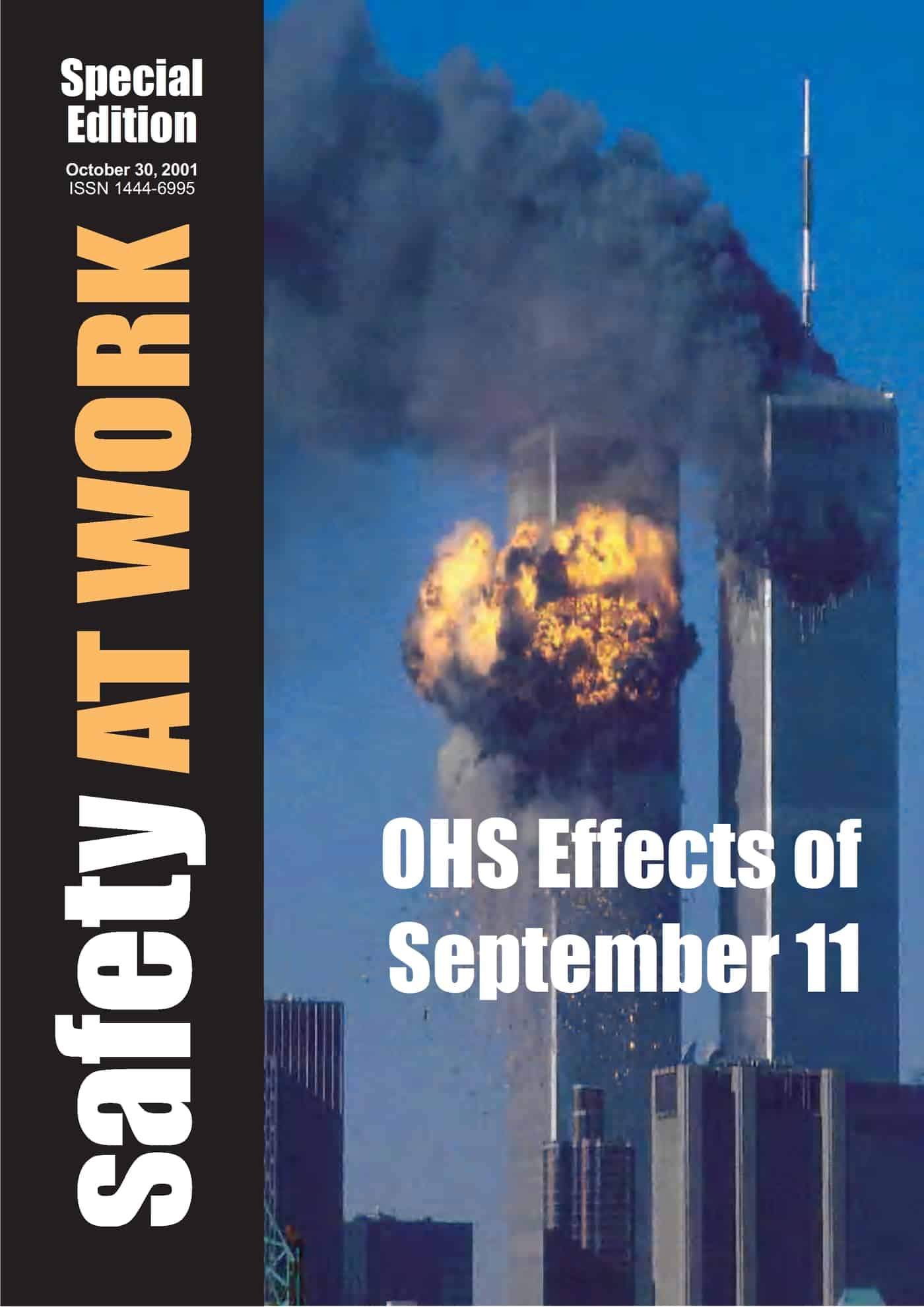This week Australia has been experiencing a safety roadshow built around the Deepwater Horizon movie and two guest speakers. The afternoon sessions have been well attended and the discussion fruitful but does the film improve the viewers’ understanding of safety or misrepresent it?
Continue reading “Is the Deepwater Horizon movie good for safety?”




